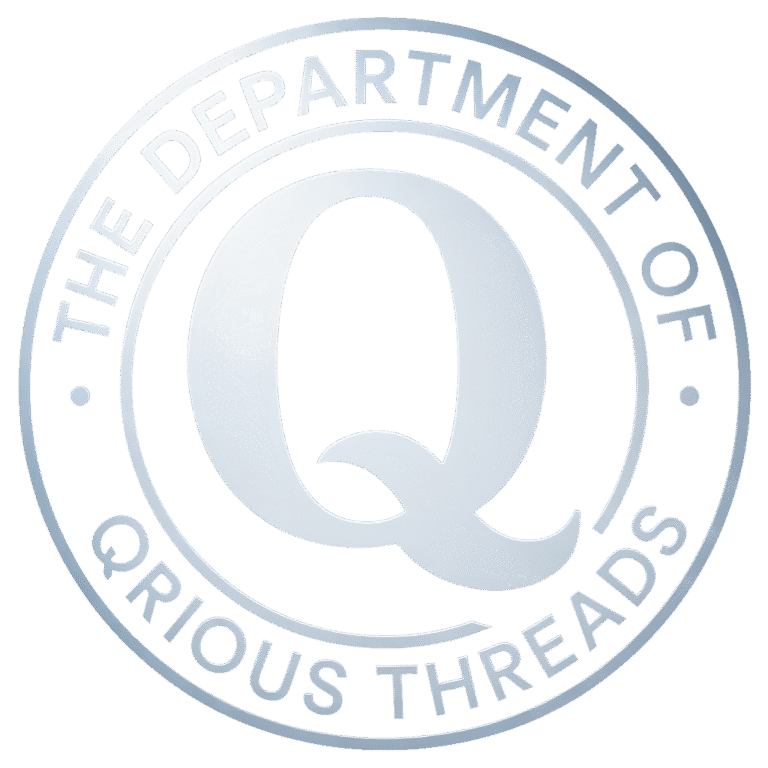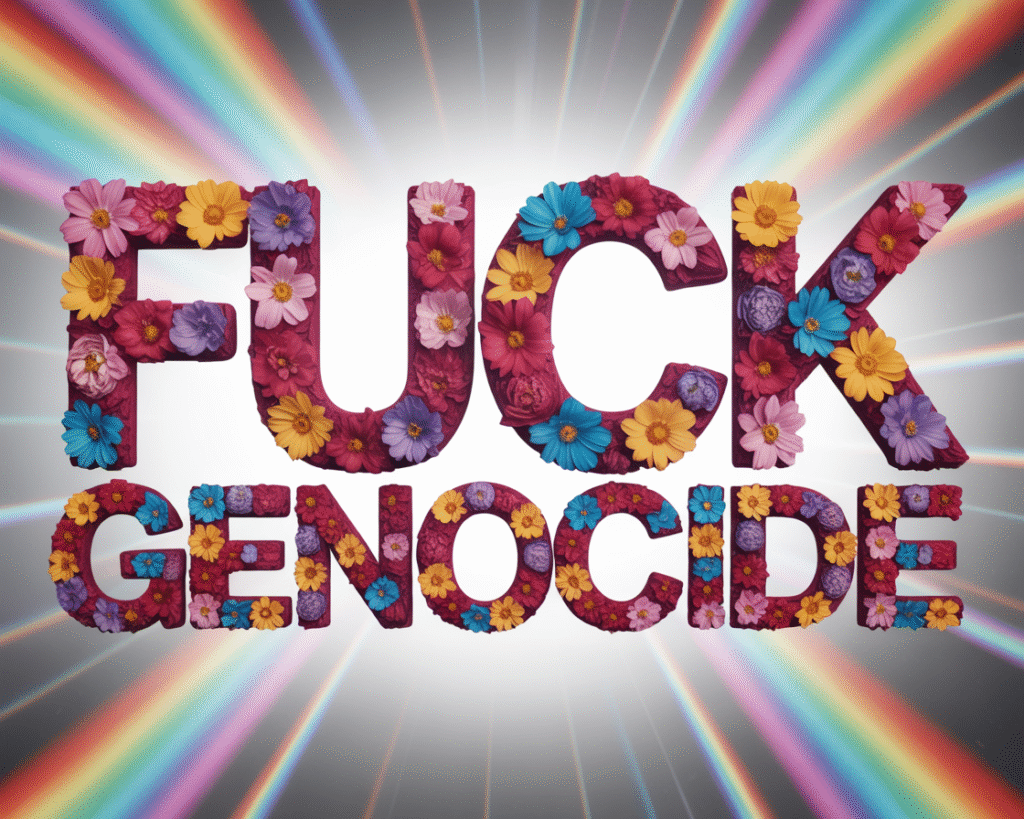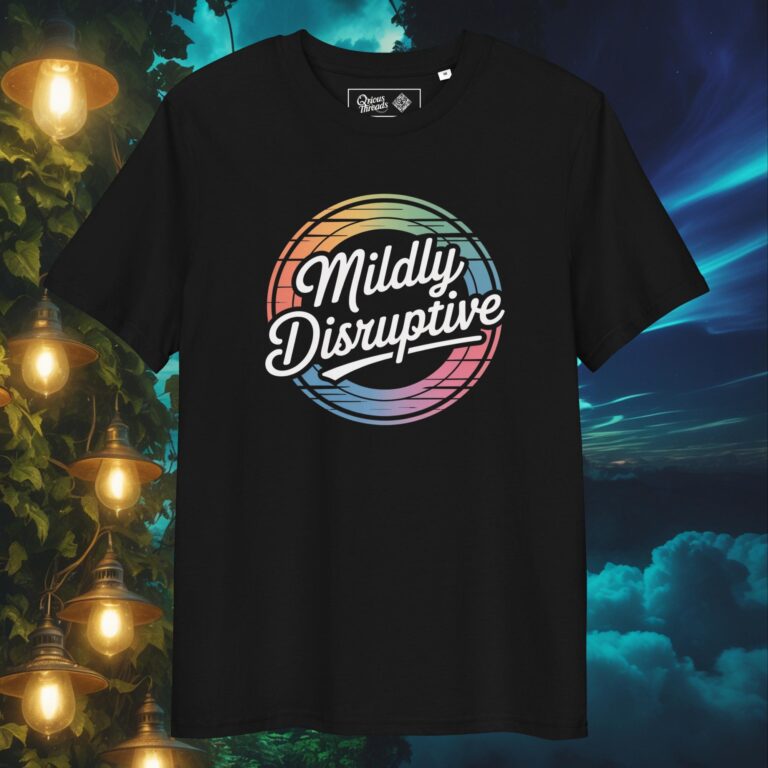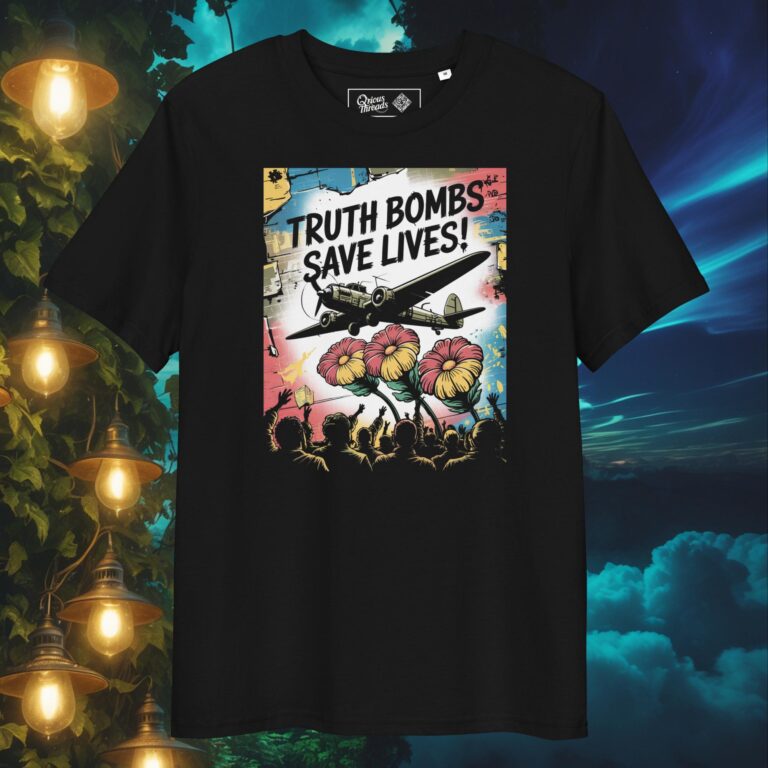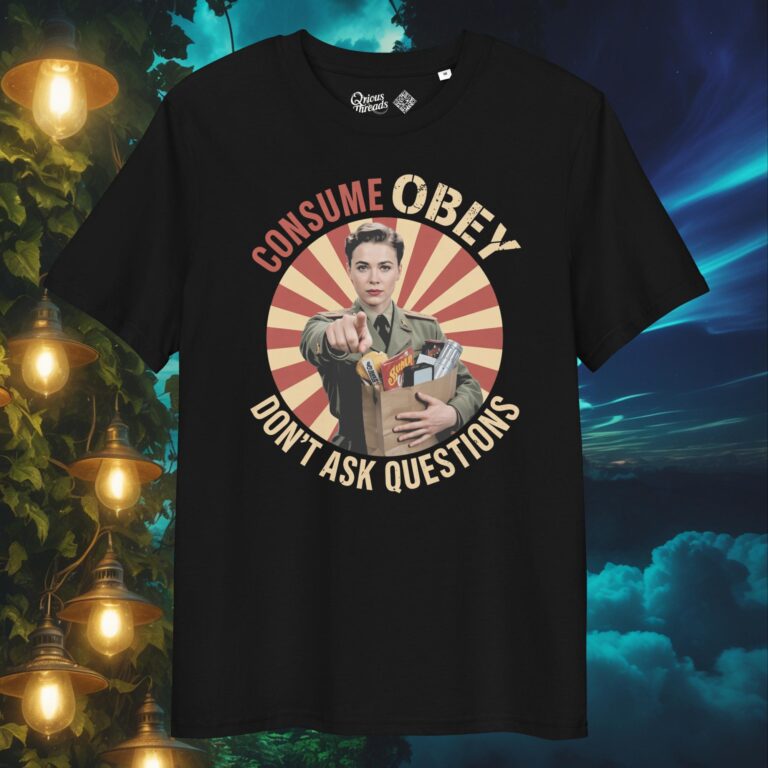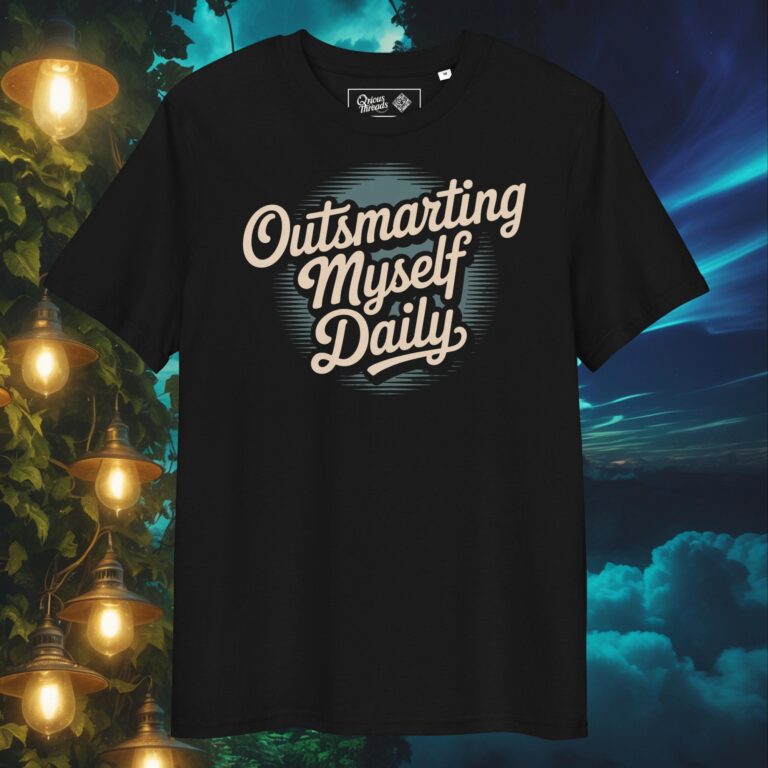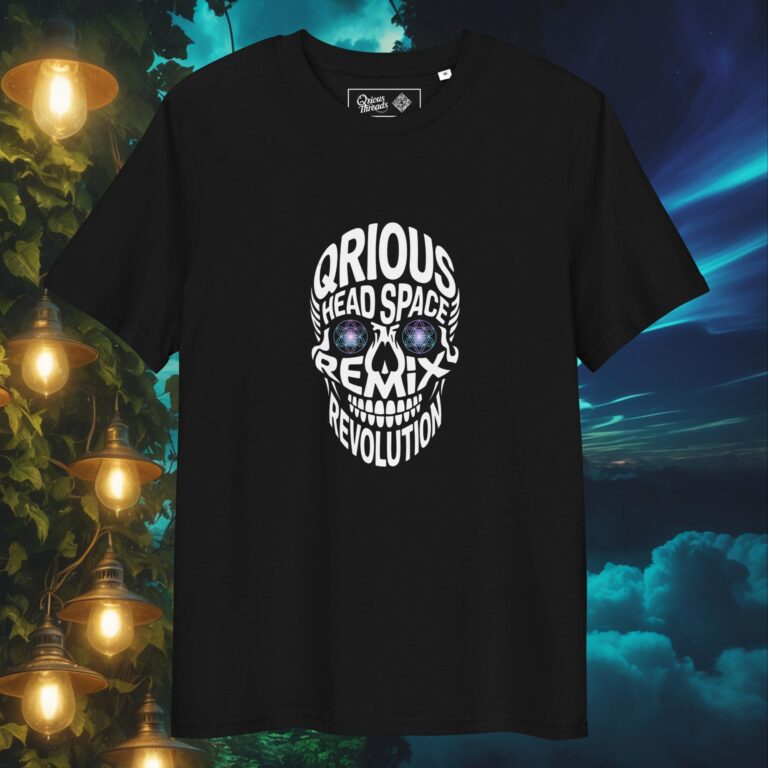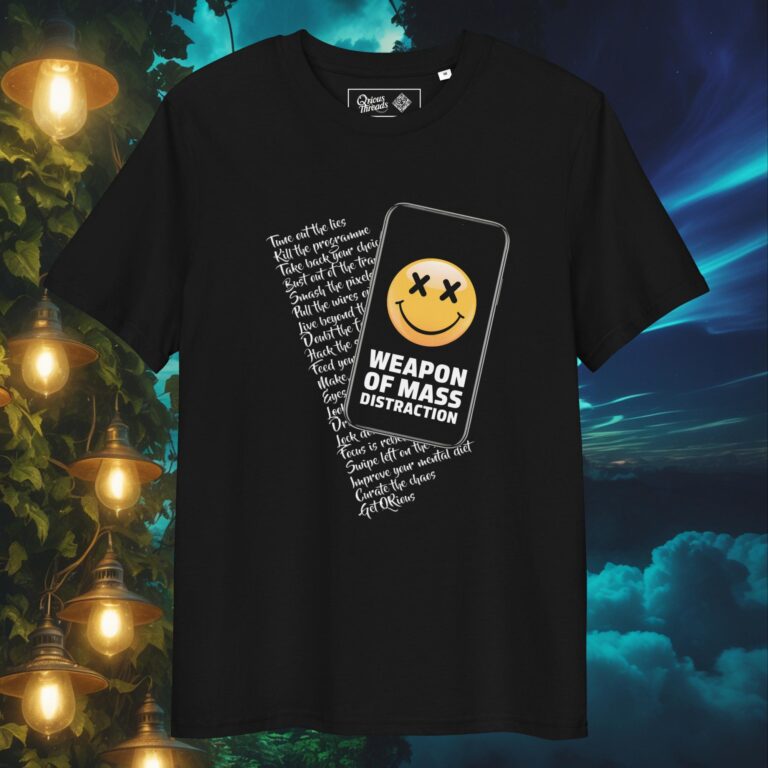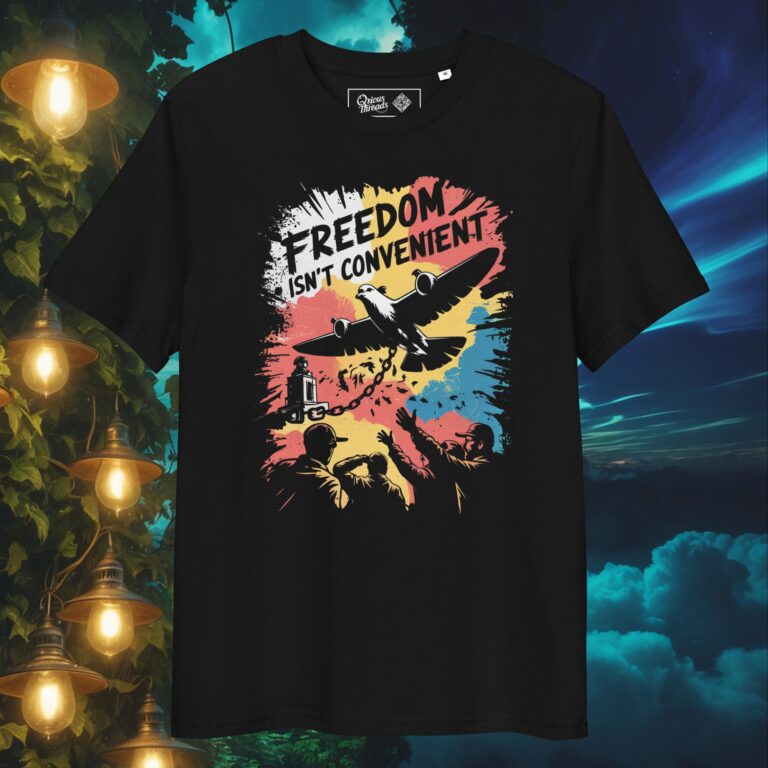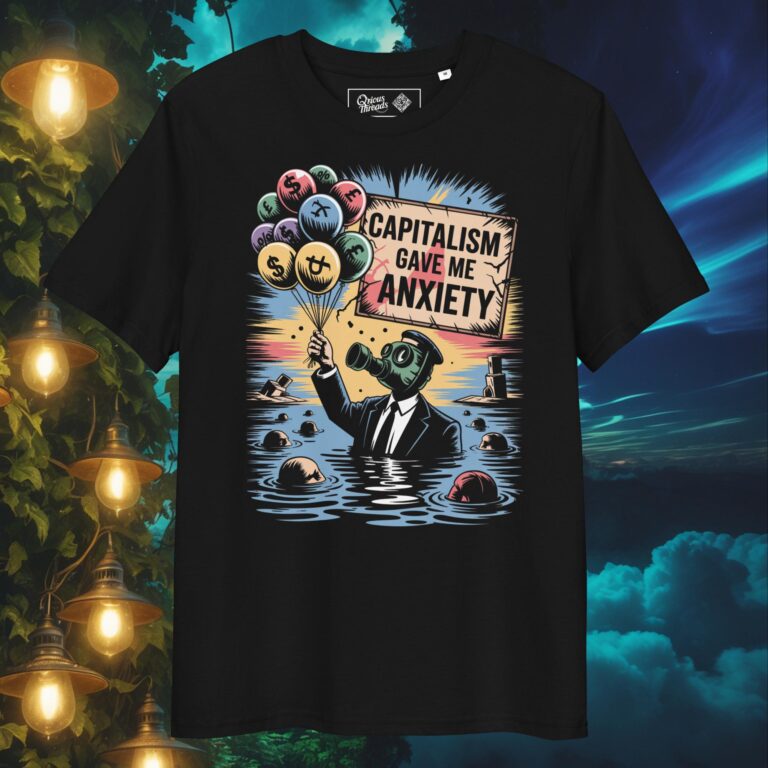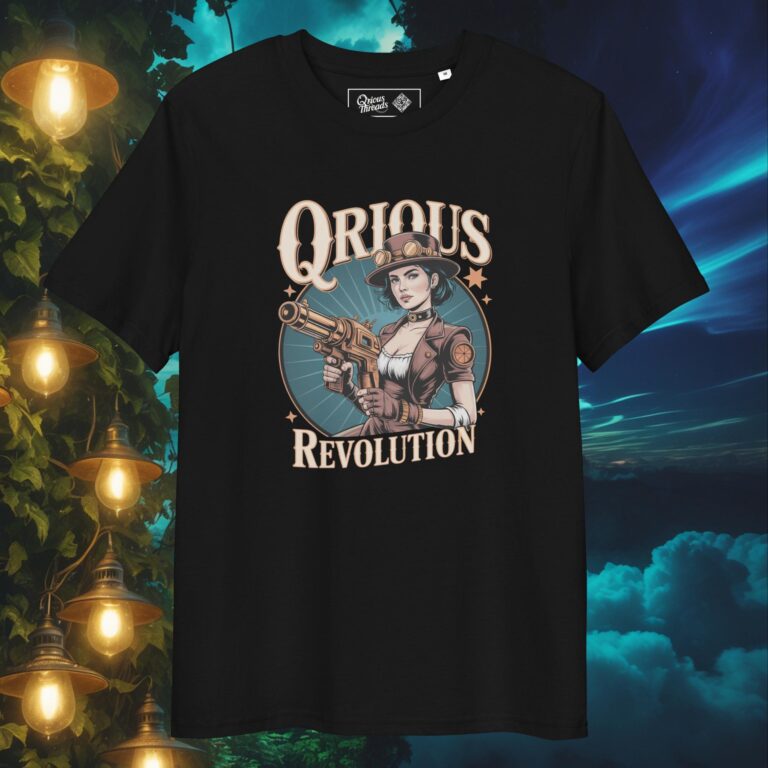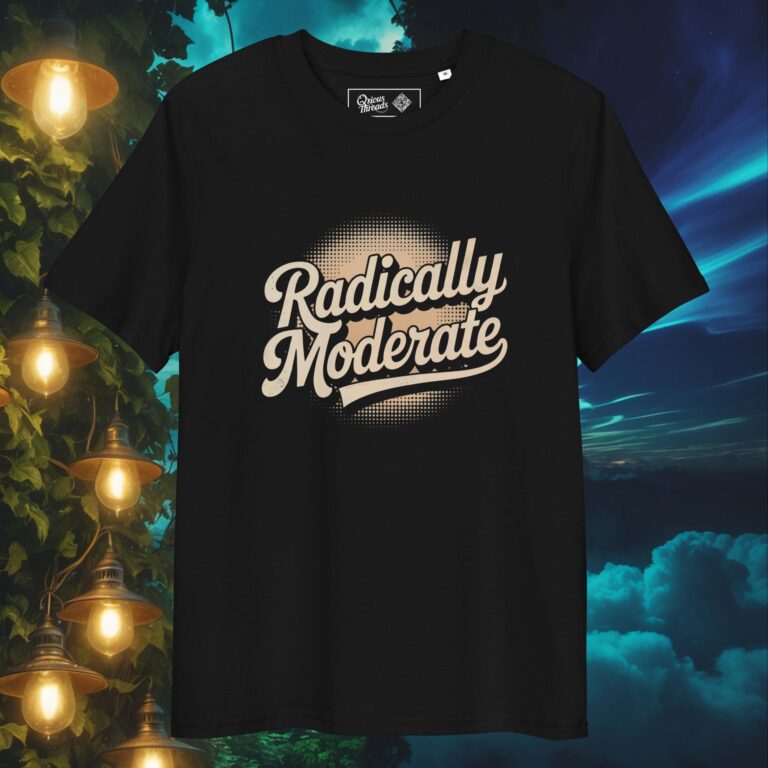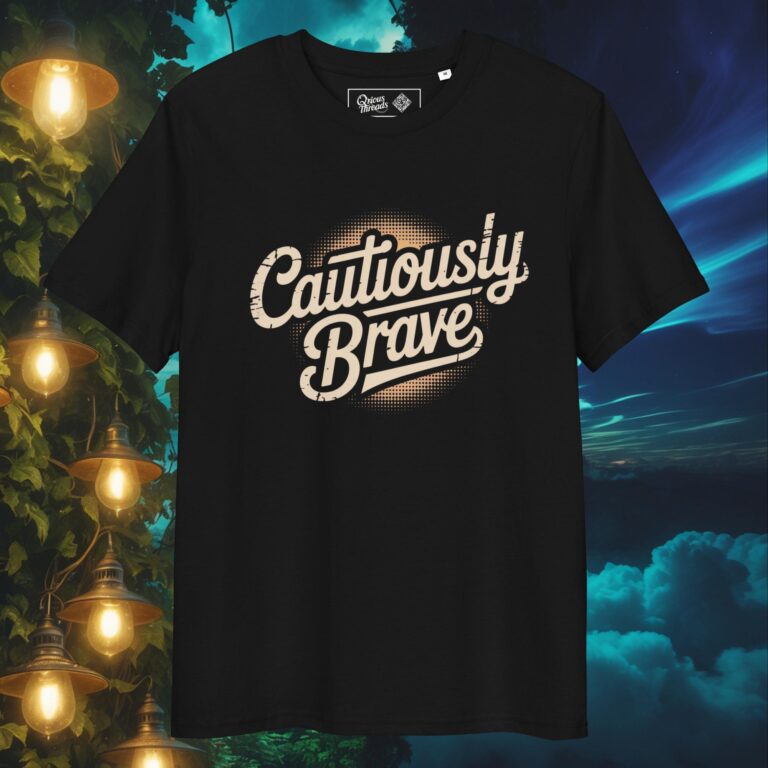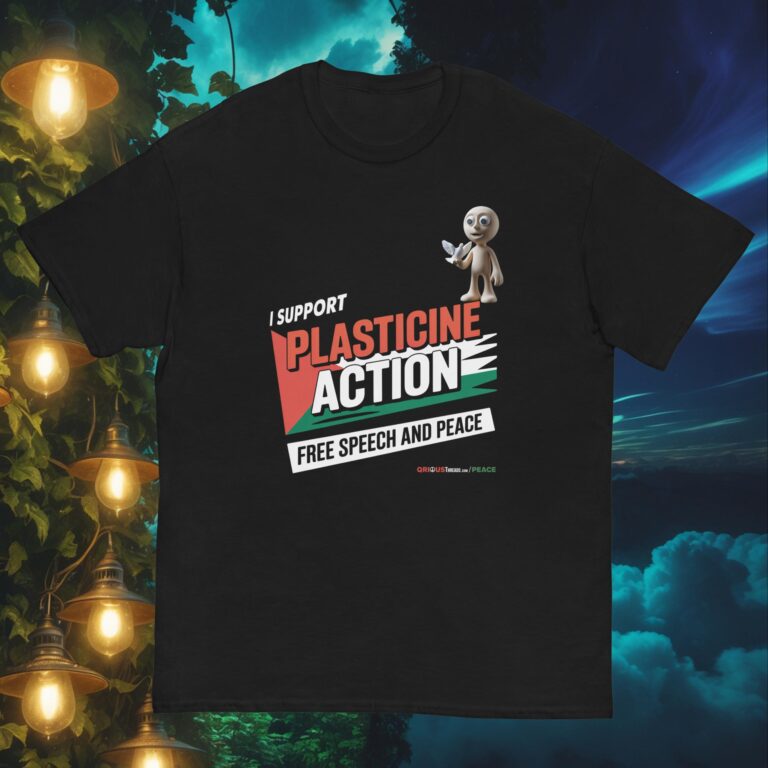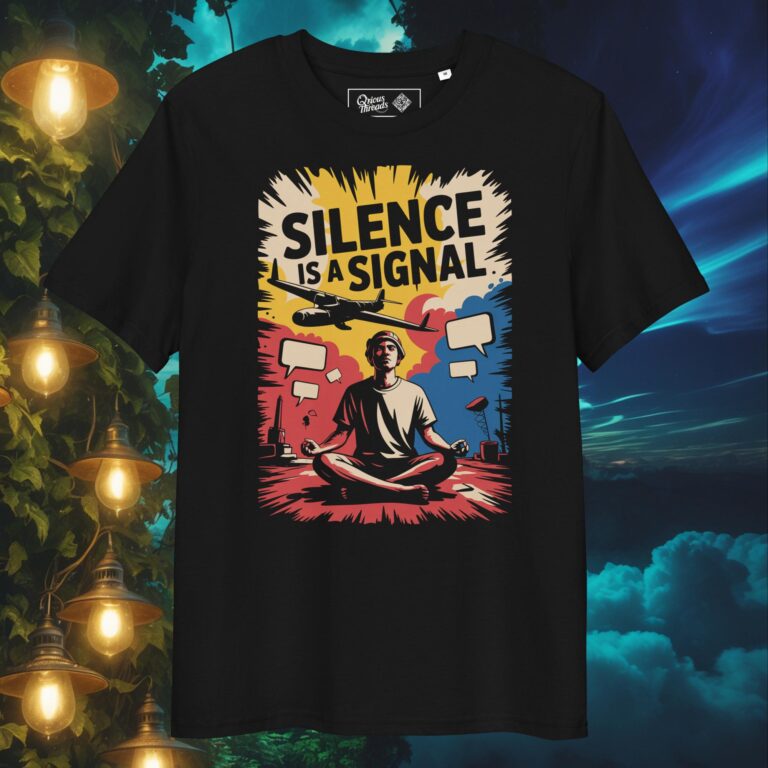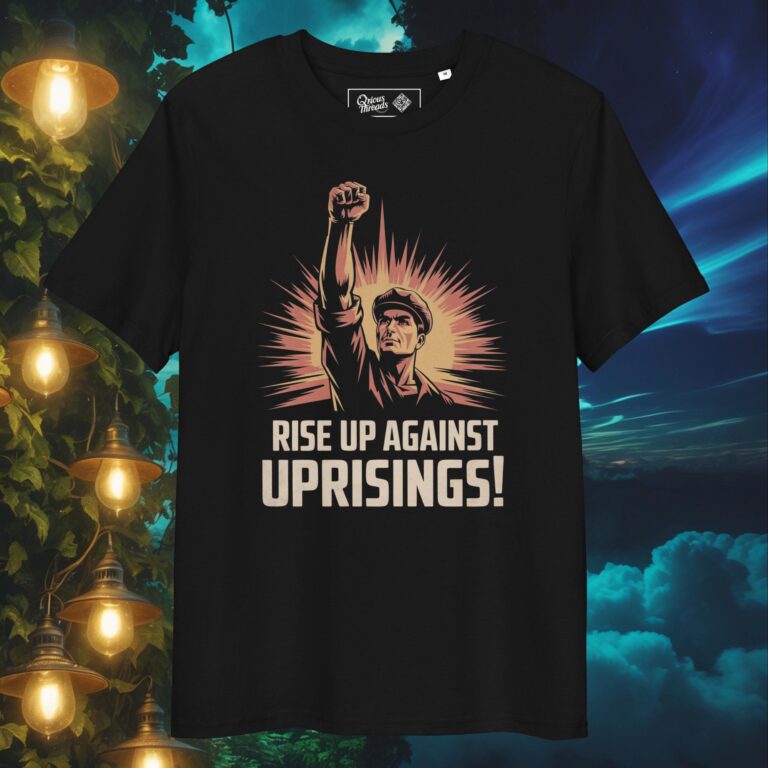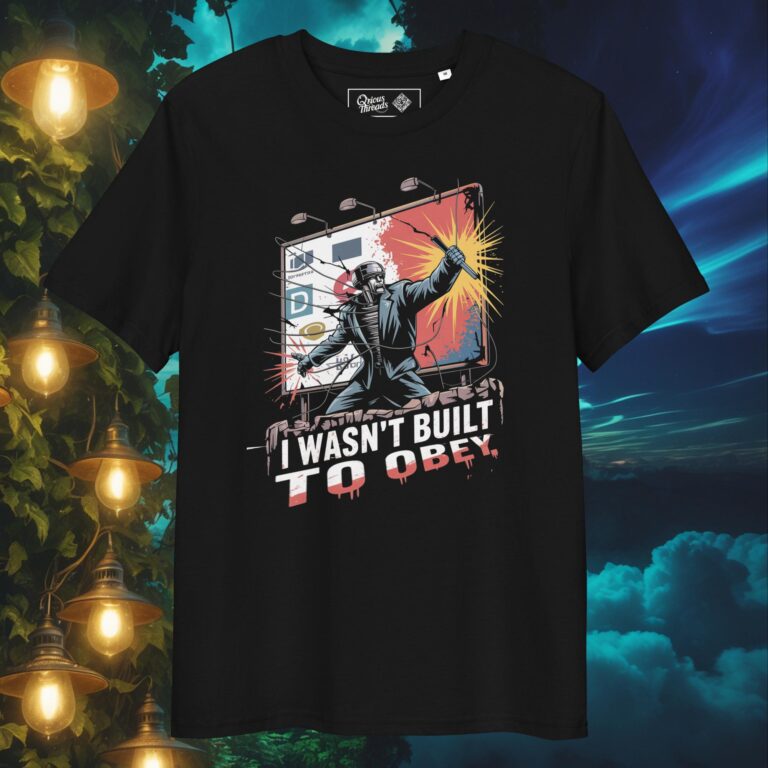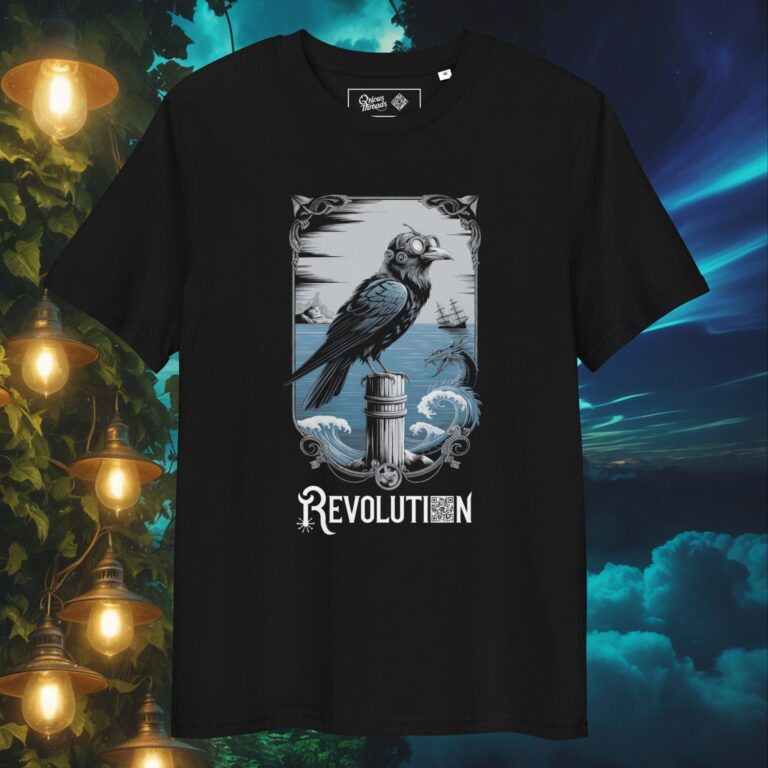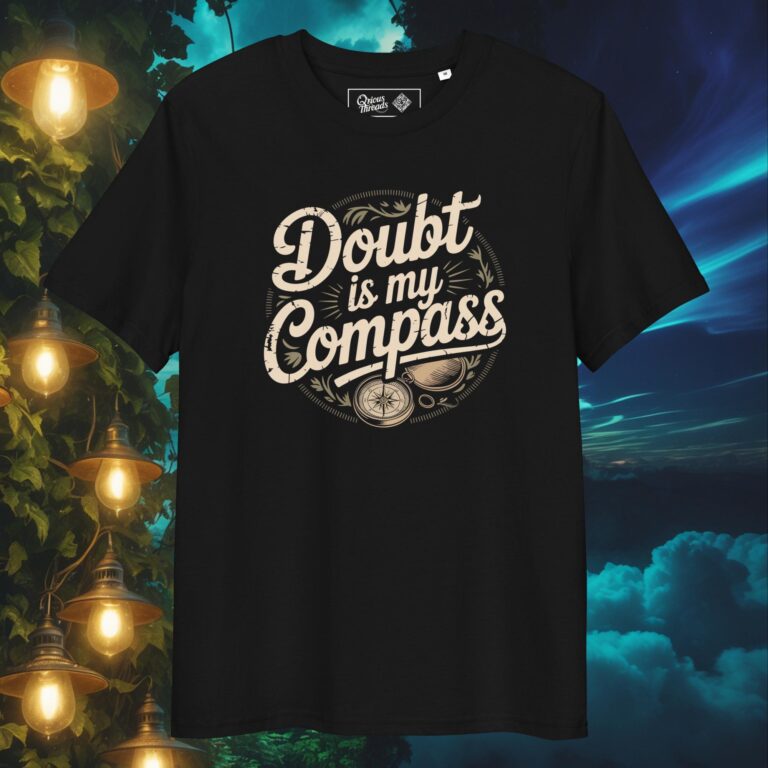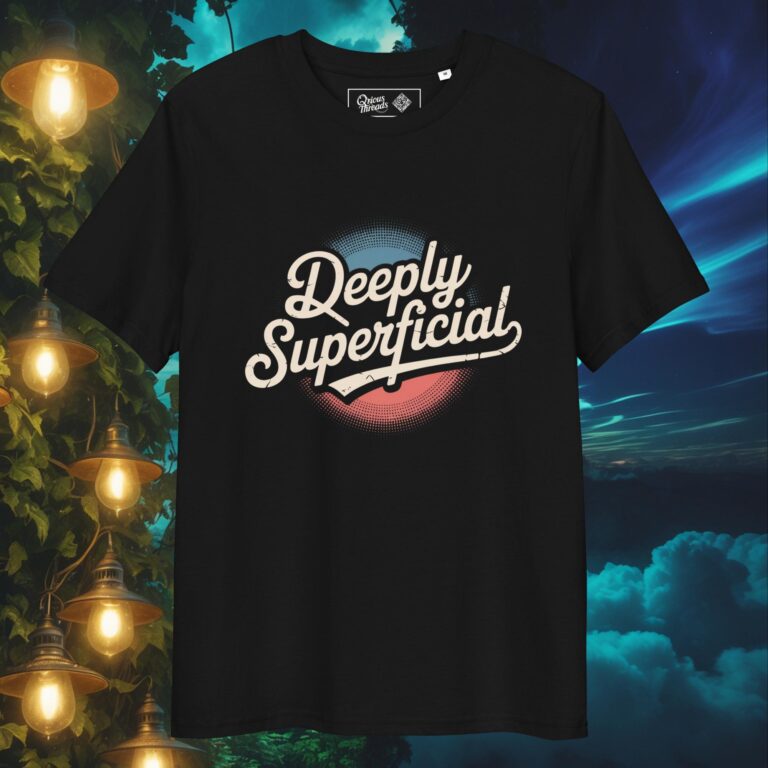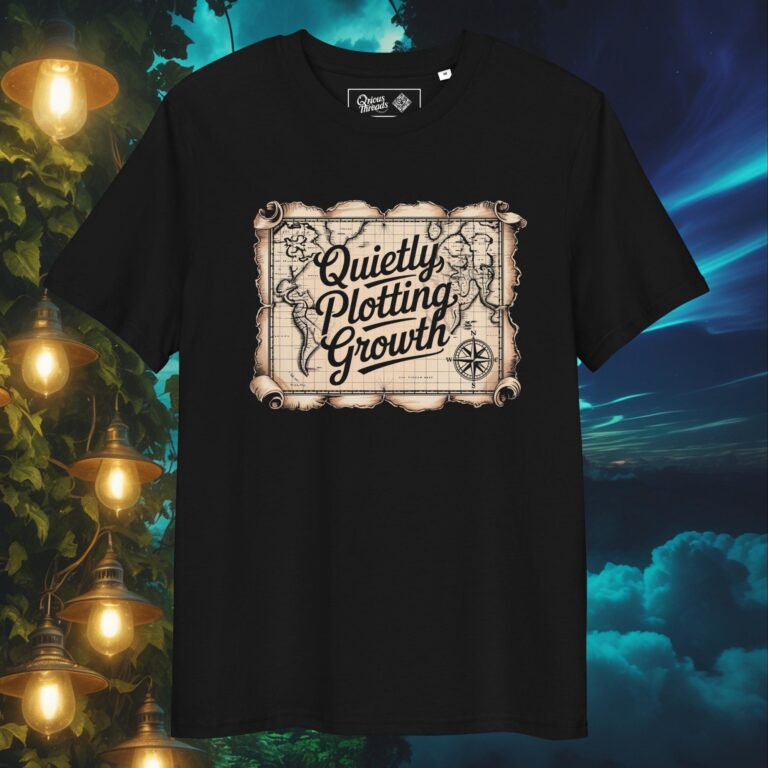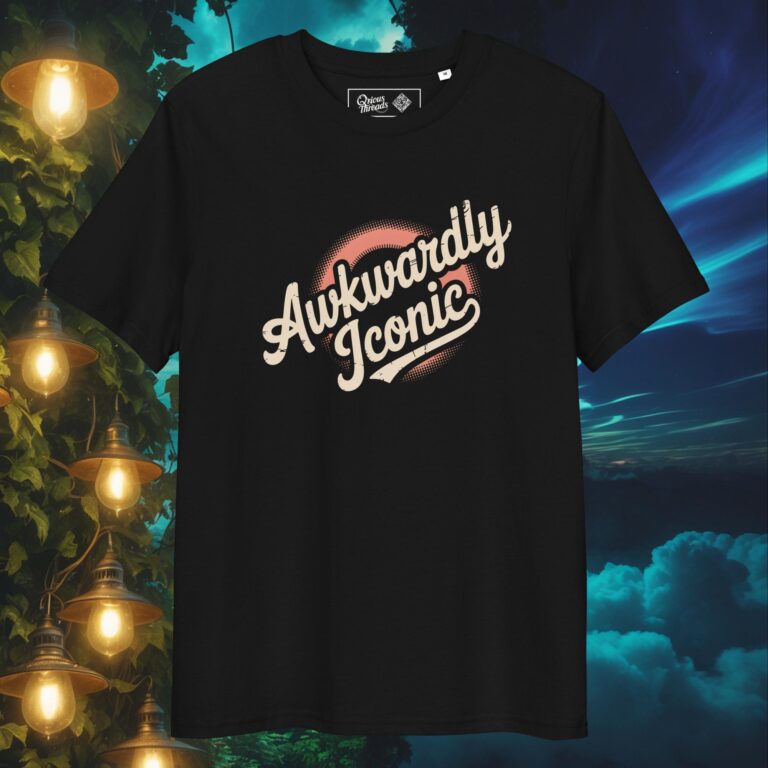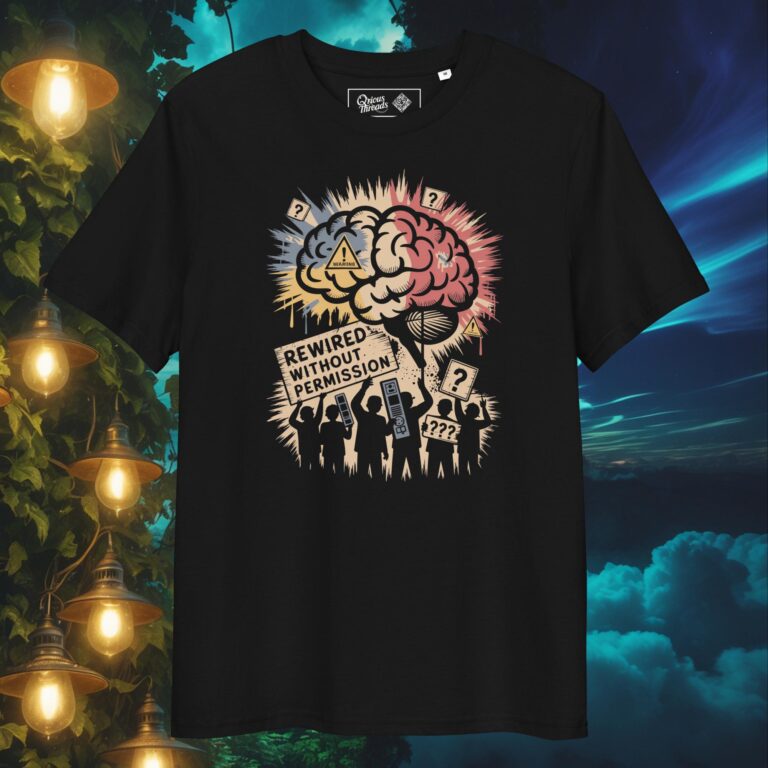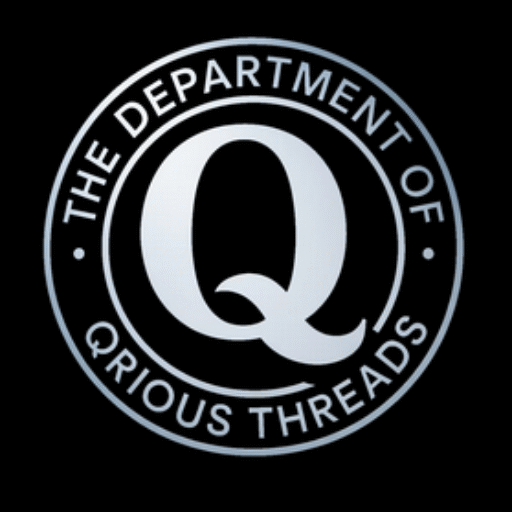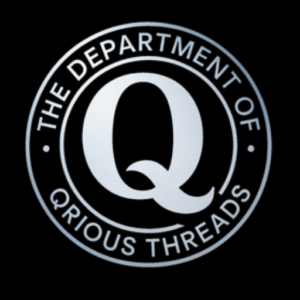Modern media plays a crucial role in shaping public discourse, yet it often amplifies certain controversies while sidelining deeply significant global issues. The backlash against Bob Vylan’s comments at Glastonbury versus the limited coverage of global war crimes highlights a fascinating and troubling disparity. Why does the media magnify controversies over rappers while other critical injustices remain largely ignored? Let’s unpack this complex, layered dynamic.
Bob Vylan at Glastonbury: What Happened and Why It Sparked Outrage
At Glastonbury 2025, British rapper Bob Vylan stirred outrage after leading chants of “death to the IDF” (Israeli Defense Forces). The provocative statement spurred widespread criticism, being condemned as hate speech and incitement to violence. Media outlets latched onto the controversy, framing it as both a political scandal and a moral dilemma.
The immediate consequences were severe: Glastonbury organisers disavowed the comments, governmental officials decried the performance, Bob Vylan’s booking agent dropped them, and British police launched investigations. Whether one views these statements as free speech or harmful rhetoric, the massive media attention exemplifies how public figures can swiftly become center stage in cultural and political debates.
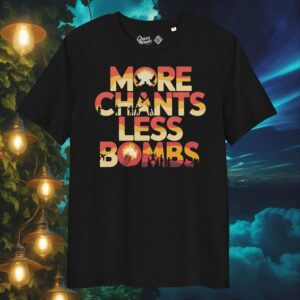
Media Magnification: Why Some Stories Dominate Headlines
Events like Bob Vylan’s Glastonbury controversy dominate media because they blend highly charged cultural, political, and social touchpoints. The combination of divisive rhetoric, a high-profile venue, and the public’s emotional investment in figures like rappers all fuel the story’s prominence.
However, this focus risks turning moral debates into sensational spectacles. Beyond providing factual reporting, coverage often shifts toward polarising narratives that evoke outrage, simplify complex issues, and define public perceptions narrowly.
In contrast, coverage of systemic or geopolitical issues, like alleged war crimes in conflict zones, often lacks accessibility or emotional connection for viewers. Unlike the immediacy of celebrity controversies, global crises are abstract, slower-burning, and less likely to drive viewership.
Much Noise, Little Silence: Rappers as Symbols in Media
Rappers like Bob Vylan often act as symbols in larger societal disputes. Historically, media has framed hip-hop and rap as controversial, whether through the moral panic over gangsta rap in the 1990s or the vilification of politically outspoken artists. Rap has always served as a voice for marginalised communities, critiquing systemic injustice and offering raw truths about societal inequality.
Artists like Bob Vylan use their platforms to address systemic issues, but such efforts are easily overshadowed when controversial moments explode into moral uproar. The media’s fixation on polarising incidents often ignores the complexity of what rappers aim to express.
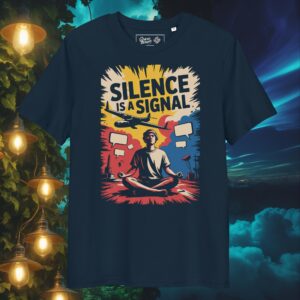
War Crimes in the Background: Why Global Atrocities Are Overlooked
While controversies involving rappers generate headlines, alleged war crimes like those unfolding in Gaza, Syria, or Yemen receive insufficient attention. These atrocities involve complex layers of global politics, deep-seated conflicts, and long histories—making them harder for audiences and outlets to digest and report on consistently.
When global conflict is covered, it often lacks the human connection necessary to capture widespread public interest. In contrast to a relatable or provocative individual (like a rapper), war crimes are faceless, bureaucratic tragedies relegated to the margins of news cycles.
Moreover, global conflicts and potential war crimes often challenge national interests or alliances, creating hesitancy for widespread critique. This leads to a discrepancy where the acts of individuals receive condemnation, while institutions or states face limited scrutiny.
Connecting the Dots: Media Priorities and Public Focus
The imbalance of media coverage reflects deeper systemic biases:
- Accessibility: Celebrity scandals are digestible and easy to sensationalise. Global crises involve nuanced reporting and substantial effort to contextualise.
- Emotional resonance: An individual’s controversy feels more immediate and relatable than a distant geopolitical tragedy.
- Selective outrage: Pop culture controversies spark widespread debate and outrage, while crimes committed on a systemic level often fail to provoke an equally universal reaction.
Such selection of focus dilutes the public’s ability to engage with systemic injustices. Instead of examining root causes of inequality or oppression, audiences are redirected toward debates over public commentary and individual accountability.
How We Can Rethink What Matters
The Bob Vylan controversy is a lesson in how modern media amplifies cultural debates but often misses broader systemic crises. To create a more informed and engaged public, there must be a shift in priorities:
- Balanced Reporting: Media outlets should avoid disproportionate amplification of controversies while dedicating equal attention to global crises and systemic issues.
- Critical Awareness: Audiences need to develop discernment when consuming media, questioning why certain stories dominate and others fade into obscurity.
- Humanising Global Issues: Journalists can better connect audiences to atrocities by personalising the experiences of those affected, bridging the emotional distance.

Get Qrious
The juxtaposition of Bob Vylan’s media firestorm and the muted response to global war crimes reveals a troubling double standard. While celebrities face public trials for their words, systemic injustices often elude collective consciousness. It is up to both media and audiences to demand greater balance, prioritise empathy, and return focus to the voices that need our attention most.
By reflecting on these disparities, we begin to address the larger question: what do we, as a society, really value in shaping our collective conversations?
